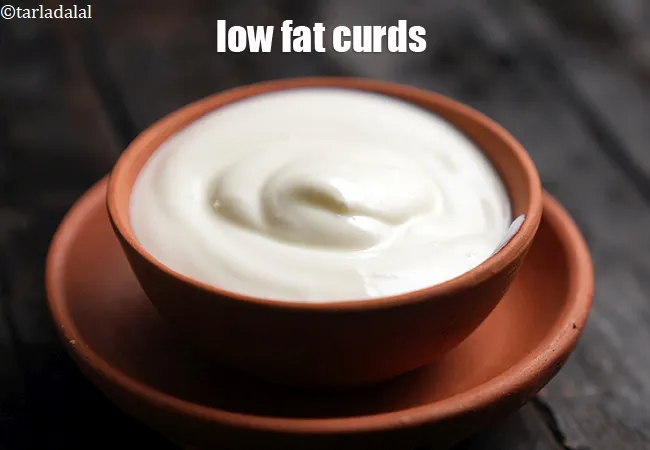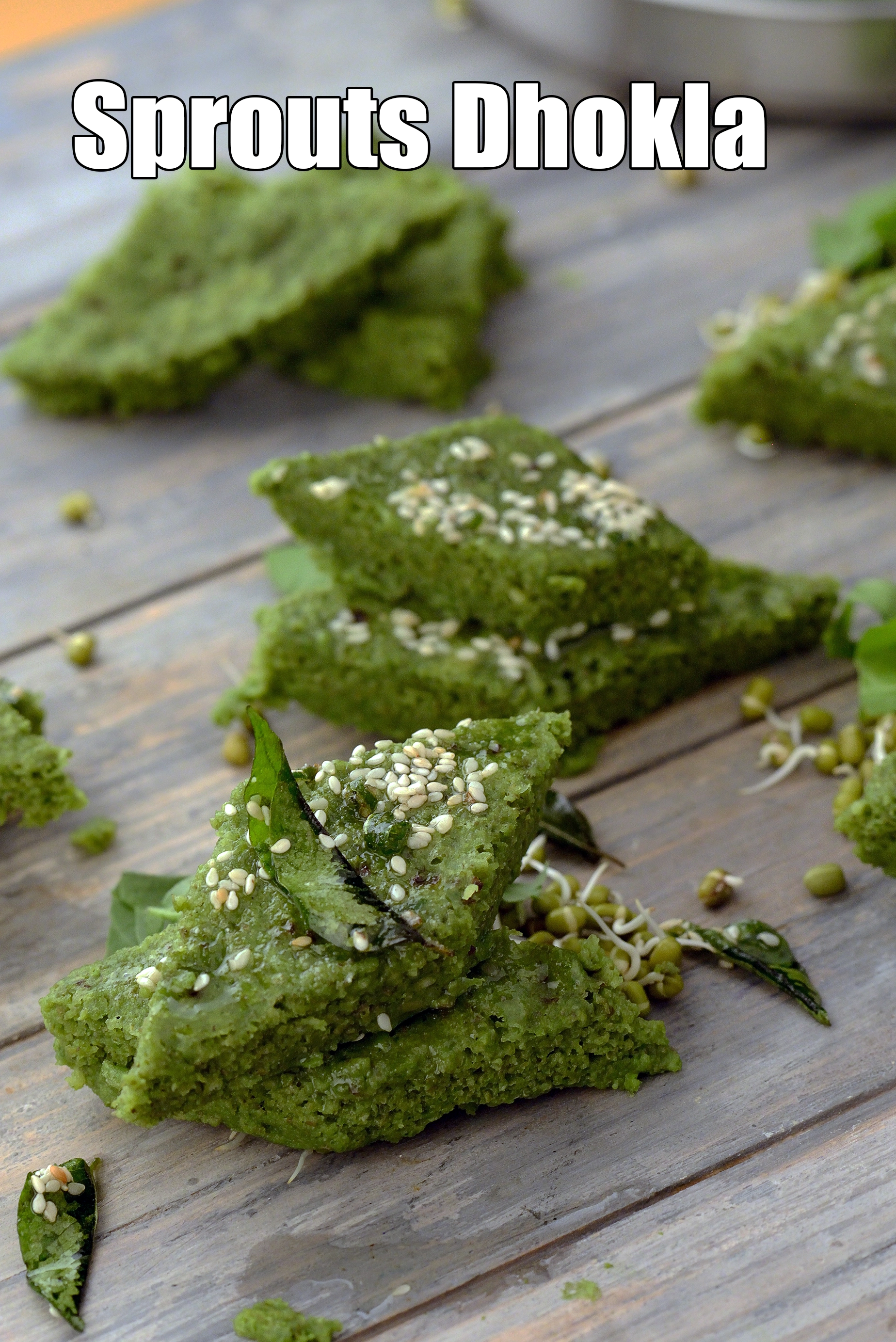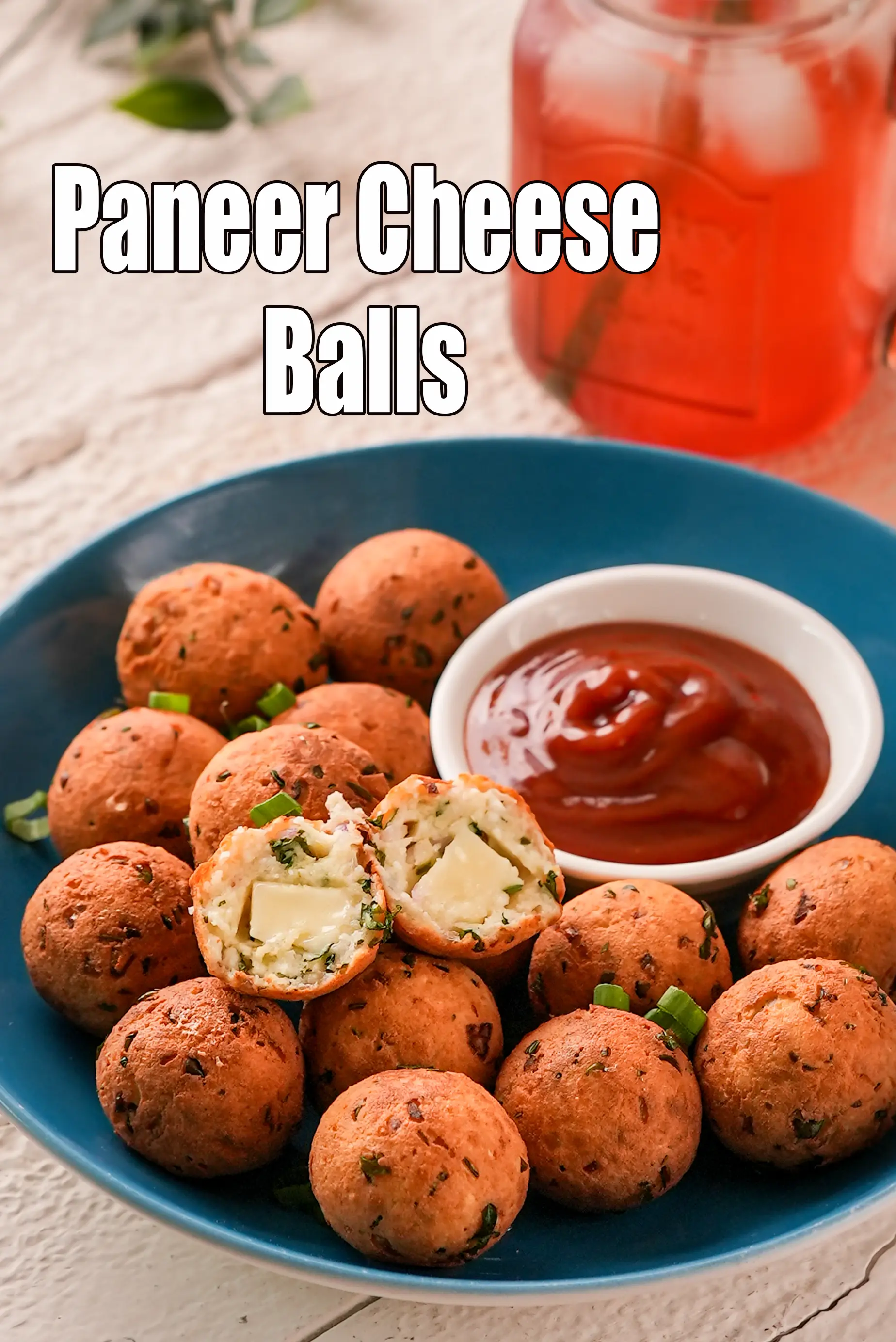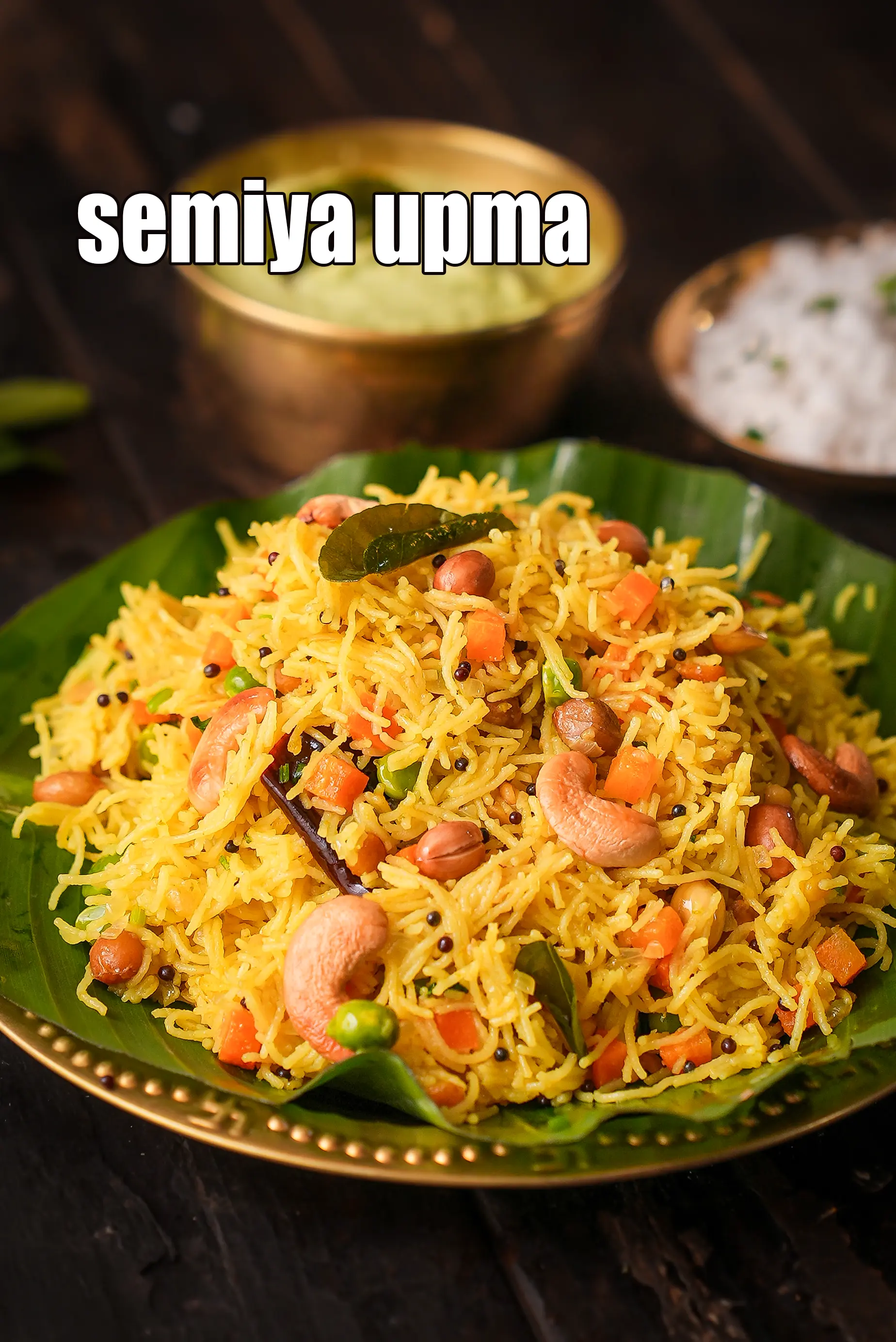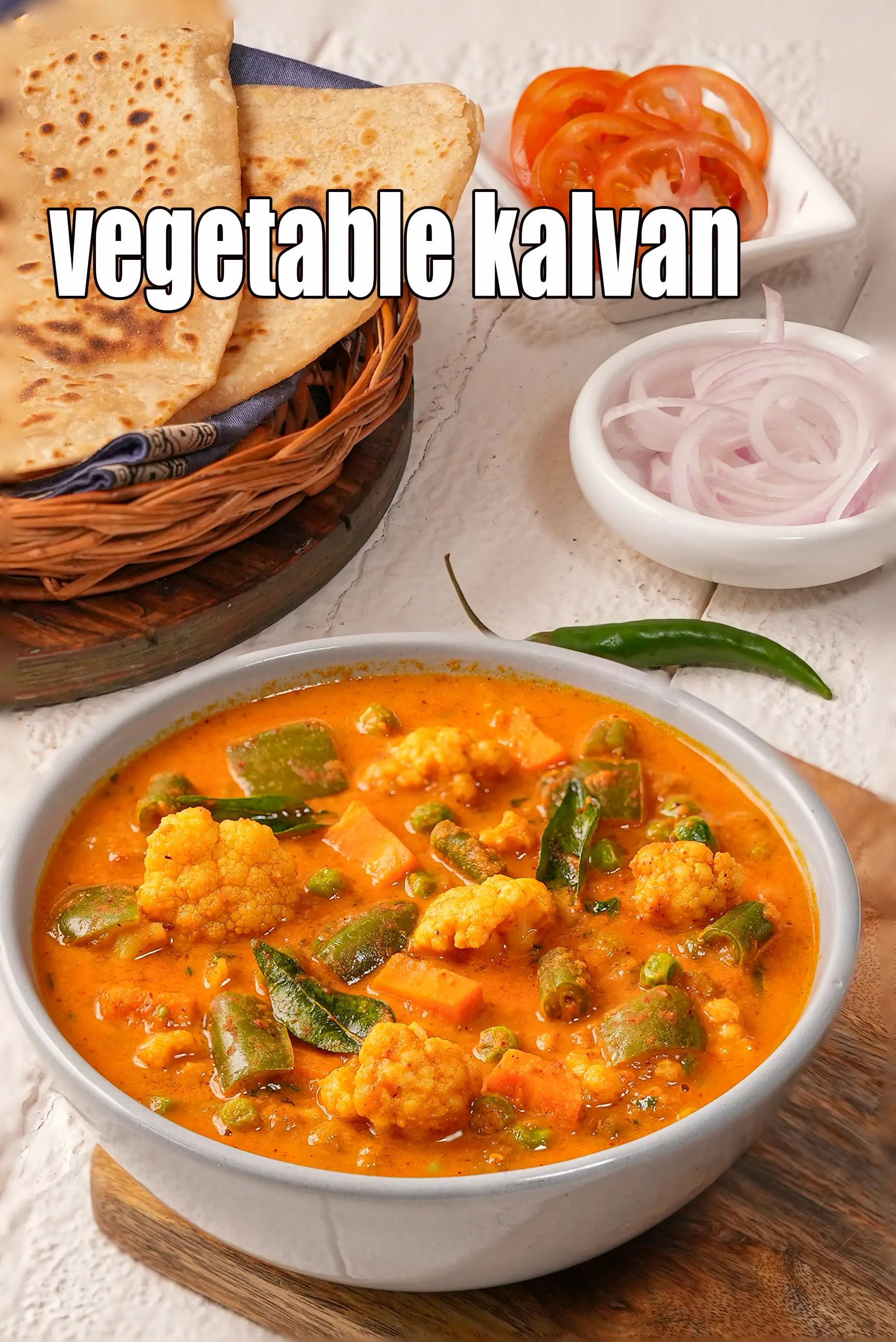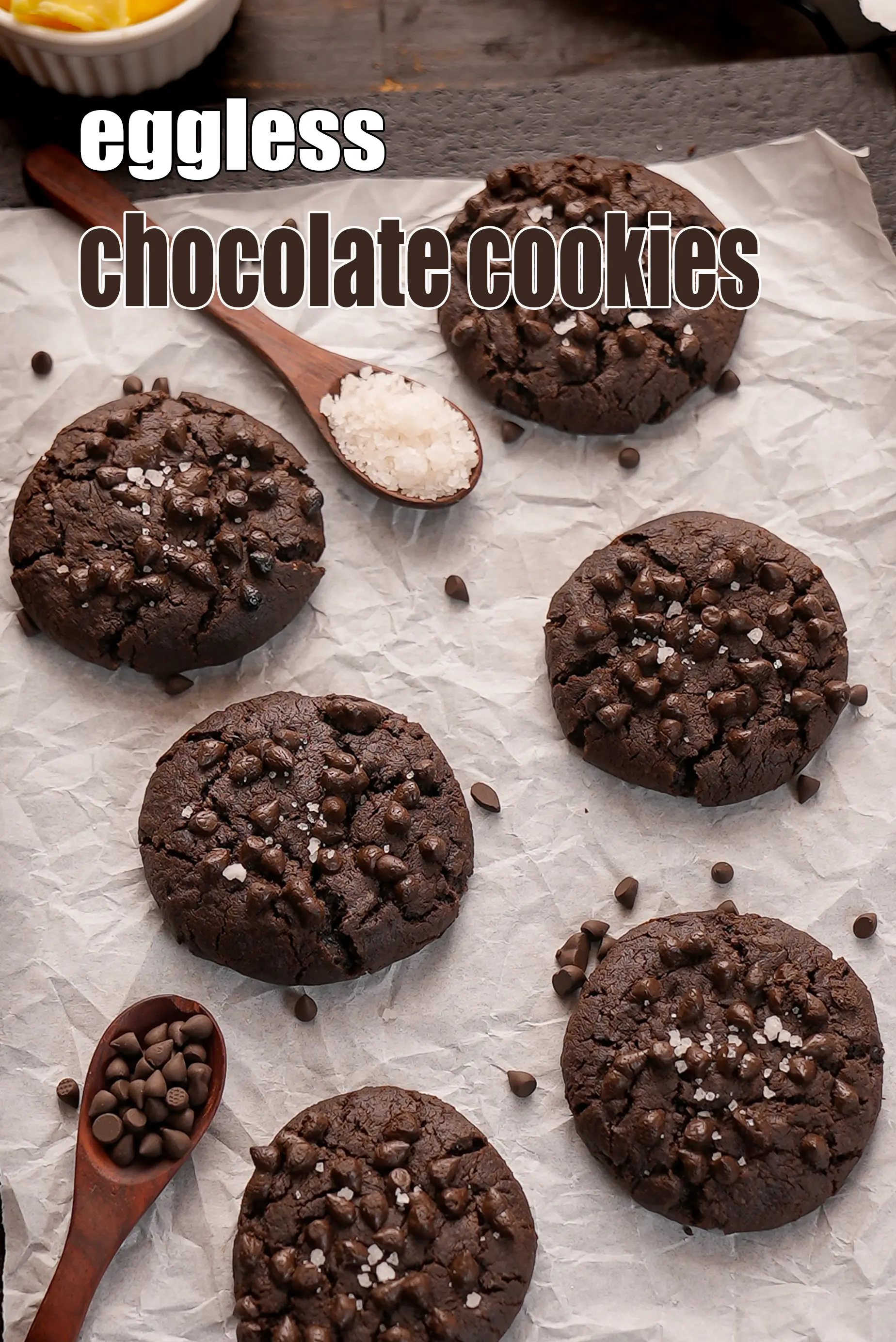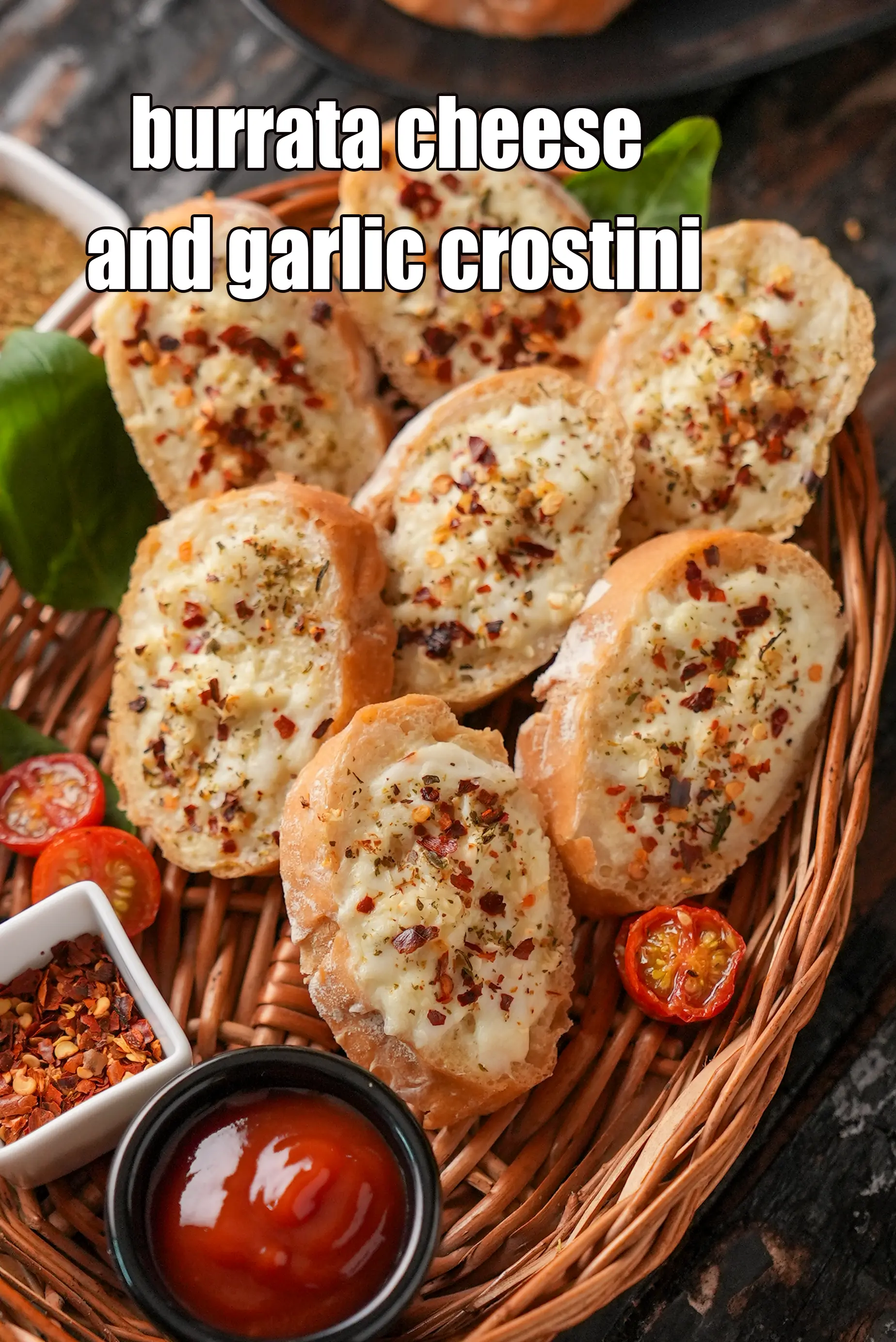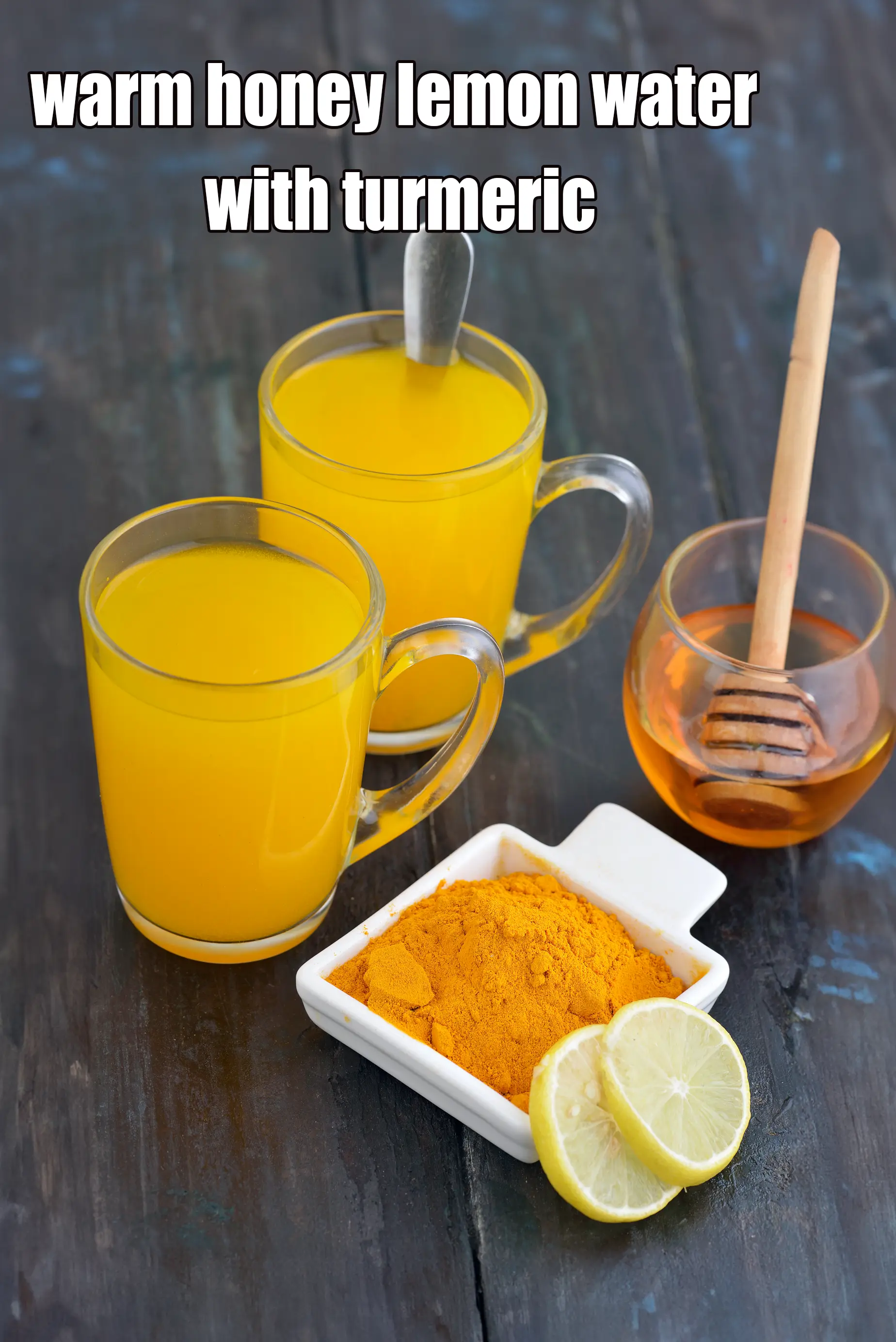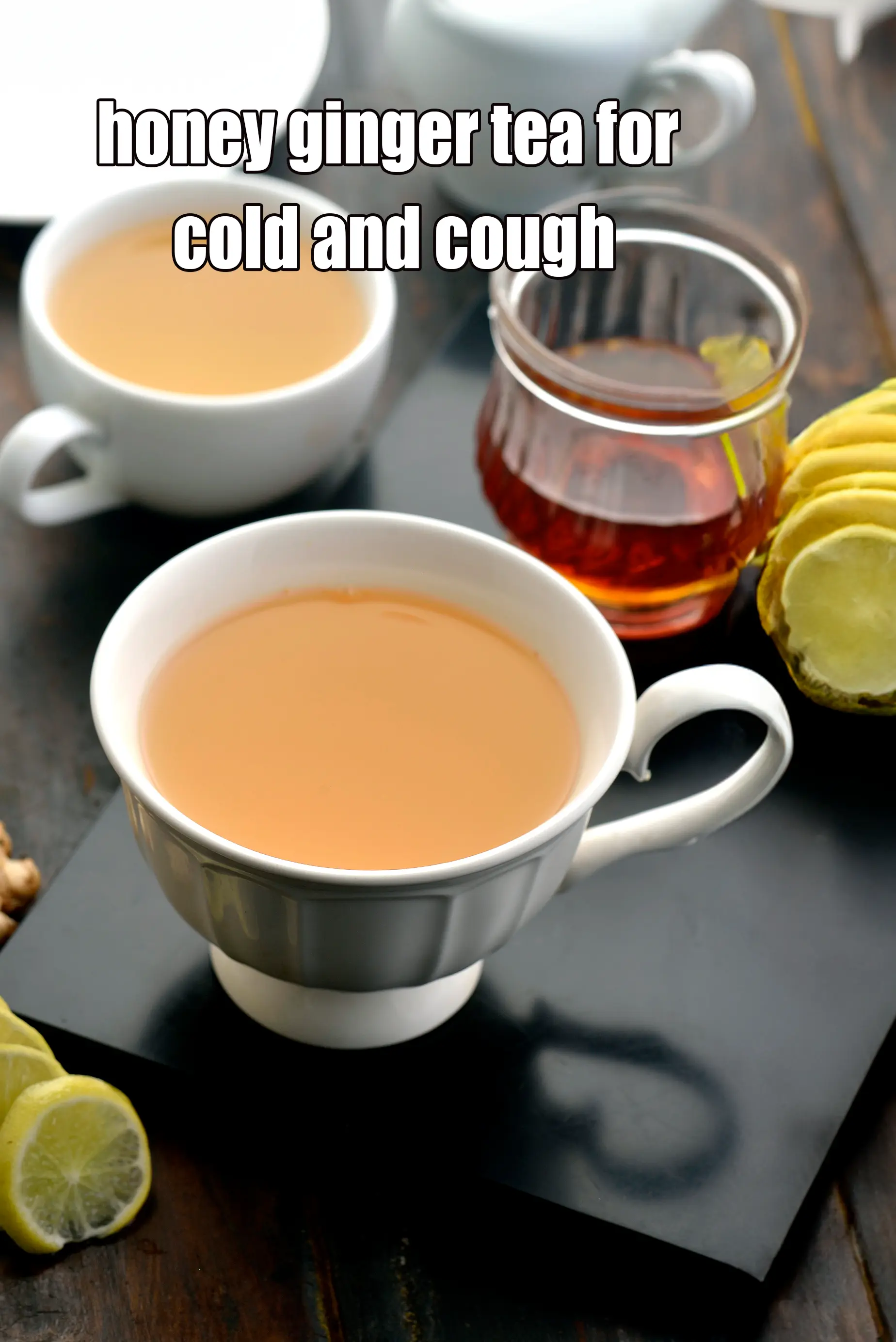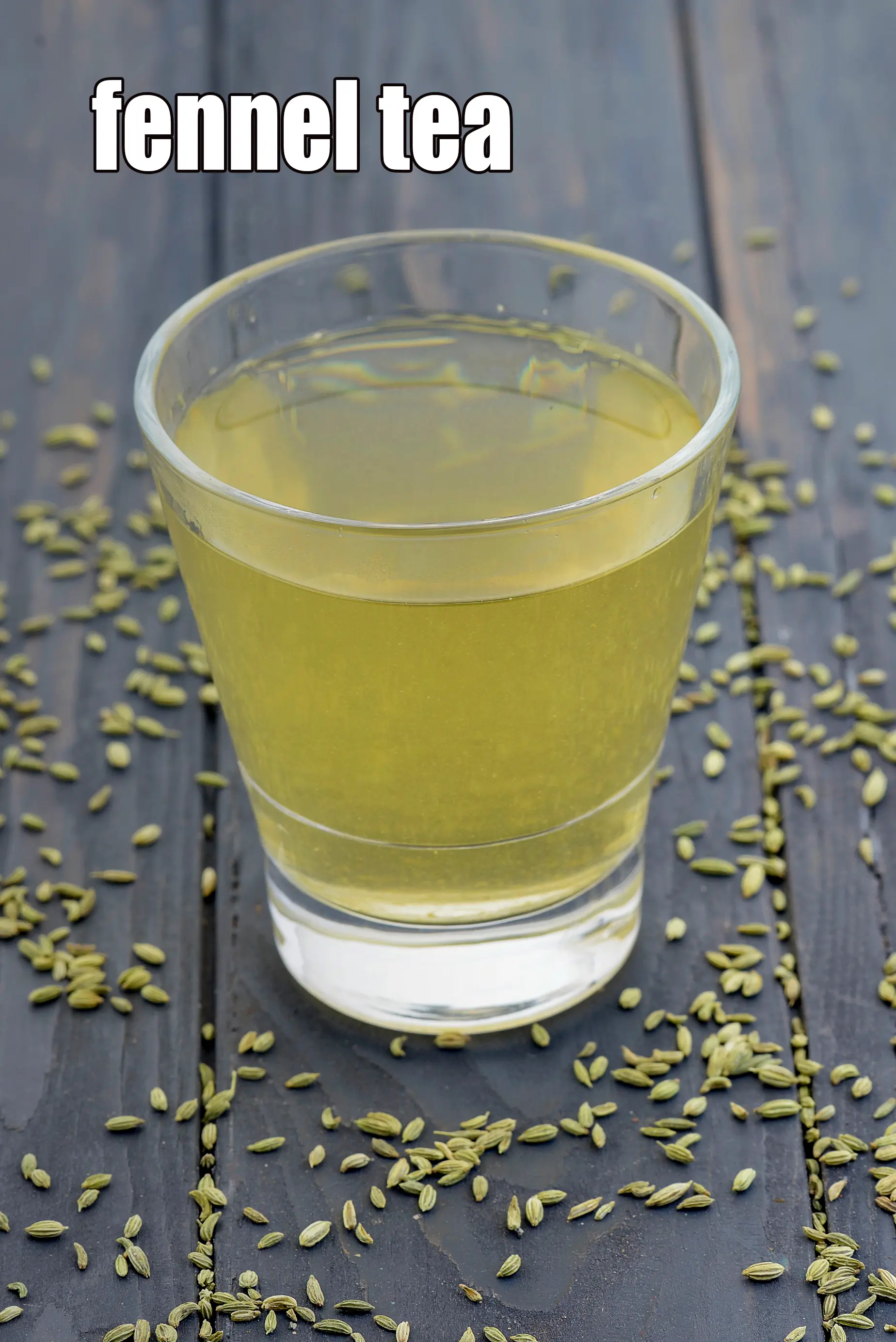Nutritional Facts of Mushroom Paratha, Calories in Mushroom Paratha
This calorie page has been viewed 4251 times
How many calories does one Mushroom Paratha have?
One Mushroom Paratha ( 90 grams) gives 109 calories. Out of which carbohydrates comprise 75 calories, proteins account for 12 calories and remaining calories come from fat which is 24.3 calories. One Mushroom Paratha provides about 5.4 percent of the total daily calorie requirement of a standard adult diet of 2,000 calories.
Mushroom Paratha recipe makes 6 parathas of 90 grams each.
109 calories for 1 paratha of Mushroom Paratha, Cholesterol 0.8 mg, Carbohydrates 18.9g, Protein 3.6g, Fat 2.7g. Find how much fibre, iron, calcium, zinc, magnesium, phosphorus, sodium, potassium, folic acid is present in Mushroom Parathas.
See mushroom paratha recipe | mushroom vegetable paratha | healthy mushroom paratha for weight loss |
mushroom paratha is a healthy Indian breakfast dish. Learn how to make stuffed mushroom paratha.
Mushroom paratha is a delightful variation of the traditional Indian paratha , where a mixture of mushrooms and spices is stuffed into the dough.
Mushroom paratha is made by preparing the filling, then the dough, and finally cooking the paratha.
Filling. Heat 1 tsp oil in a broad nonstick pan, add garlic and sauté for a few seconds. Add onions and sauté on medium flame for 2 minutes. Add ginger green chilli paste and sauté for a few seconds.
Add mushrooms, salt and pepper, mix well and cook on medium flame for 5 minutes, until the moisture evaporates, while stirring occasionally. Remove the stuffing in a plate and allow it to cool completely. Divide into 6 portions and keep aside.
Dough. In a deep bowl, combine wheat flour and salt and knead into a soft dough using enough water. Divide into 6 equal portions.
Making. Roll out one portion of the dough into a circle of 75 mm. (3") diameter using whole wheat flour for rolling. Place one portion of the stuffing in the centre of the circle. Bring together all the sides in the centre and seal tightly. Roll out the dough into a 125 mm. (5") diameter circle using a little whole wheat flour for rolling.Heat a non-stick tava (griddle) and cook the Mushroom parathas, using ¼ tsp oil for cooking each paratha. Flip and cook them till they turn golden brown in colour from both the sides.
Serve mushroom paratha hot hot with curd, low fat curds, raita or achar.
Main ingredients for Mushroom Paratha.
Mushrooms have a soft and fleshy texture that adds to the overall mouthfeel of the paratha. One cup of Mushrooms contain only 18 calories and is safe to be consumed by those who have excess weight, heart disease and high blood pressure.
Whole wheat flour gives Dalia parathas a heartier texture than white flour. Whole wheat flour is excellent for diabetics as they will not shoot up your blood sugar levels as they are a low GI food. Whole wheat flour is also relatively inexpensive and easy to find.
Mushroom paratha with 109 calories is an Indian flatbread that can be part of a healthy weight loss diet.
Pro tips for Mushroom paratha. 1. Consider using coconut oil or olive oil or ghee instead of processed seed oils for a healthier diet. 2. Ginger has a warm, spicy, and slightly sweet flavor.3. To ensure that the stuffing in the paratha cooks evenly, use a spatula to press down on it while it is cooking.
Is Mushroom Paratha healthy?
Yes, but conditions apply.
Let's understand the Ingredients.
What's good.
Mushrooms : One cup of Mushrooms contain only 18 calories and is safe to be consumed by those who have excess weight, heart disease and high blood pressure. Mushrooms has a Glycemic Index of 15 which is very low and is diabetic friendly. The B-vitamins Thiamine (B1), Riboflavin (B2), Niacin (B3), Pyridoxine (B6) and Folic acid (B9) which are present in good amounts in mushrooms are involved in various metabolic reactions in the body. See the detailed 8 benefits of mushrooms.
Whole Wheat flour (gehun ka atta) : Whole wheat flour is excellent for diabetics as they will not shoot up your blood sugar levels as they are a low GI food. Whole wheat flour is rich in Phosphorus which is a major mineral which works closely with calcium to build our bones. Vitamin B9 helps your body to produce and maintain new cells, especially increase red blood cells. See detailed 11 benefits of whole wheat flour and why it's good for you.
Onions (pyaz, kanda) : Raw onions are a very valuable source of vitamin C – the immune building vitamin. Along with other phytonutrients from onions, it helps to build WBC (white blood cells) which serves as a line of defence against illness. Yes, it’s a source of many antioxidants, the most important one amongst them being Quercetin. The quercetin in Onions promotes production of HDL (good cholesterol) and lowers total cholesterol in the body. The sulphur in onions act as a blood thinner and prevents blood clotting too. This in turn would lower blood pressure and good for heart, diabetics. Read the benefits of onions.
Garlic : Garlic has been proven to lower cholesterol. The active ingredient allicin present in garlic aids in lowering blood pressure. Garlic is also alleged to help regulate blood glucose levels for diabetics. Garlic is great for the heart and circulatory system. Garlic has an antimicrobial, antiviral and antifungal function and can help in relieving common cold and other viral infections. To boost your immune system, have a garlic clove a day. Garlic is a top anti-viral food. The thiosulphate compound, Allicin, found in garlic acts as a strong antioxidant and protects our body from damage of free radicals. Read here for complete benefits of garlic.
Can diabetics, heart patients and over weight individuals have Mushroom Paratha ?
Yes. One cup of Mushrooms contain only 18 calories and is safe to be consumed by those who have excess weight, heart disease and high blood pressure. Mushrooms has a Glycemic Index of 15 which is very low and is diabetic friendly. The B-vitamins Thiamine (B1), Riboflavin (B2), Niacin (B3), Pyridoxine (B6) and Folic acid (B9) which are present in good amounts in mushrooms are involved in various metabolic reactions in the body.
Can healthy individuals have Mushroom Paratha ?
Yes. Use coconut oil instead of processed seed oils like soyabean oil, canola, sunflower oil, corn oil and other omega-6 rich oils should be used in very low amounts. Coconut oil is a medium chain triglycerides (MCT’s).
What is a healthy accompaniment to this paratha?
We suggest you pair it with homemade curds using cows milk or low fat curds or a low fat cucumber raita.
Low fat curds recipe | healthy low fat curds | low fat dahi | Indian low fat curds |
Mushroom paratha is rich in below macronutrients, vitamins and minerals given in descending order (highest to lowest).
- Vitamin B3, Niacin Rich Recipes : Vitamin B3 helps in brain functioning and mental health. Indian foods rich in Vitamin B3 are roasted peanuts, sesame seeds, barley, dalia, almonds, wheat flour, jowar, toovar dal, kabuli chana etc. Also healthy skin formation. 21% of RDA.
- Phosphorus : Phosphorus rich Indian foods works closely with calcium to build bones. Phosphorus rich Indian foods like dairy products ( milk, paneer, curd), nuts, seeds, jowar, bajra, moong, matki, oats, ragi, wheat flour etc. 20% of RDA..
- Vitamin B1 (Thiamine) : Vitamin B1 protects nerves, helps in carbohydrate metabolism, prevents heart diseases and helps produce red blood cells. Indian Foods rich in B1 are Flax seeds (alsi), Sunflower seeds, Sesame seeds, Garden cress seeds (halim), Capsicum, Wheat flour, Chana dal, moong, walnuts, masoor dal, brown rice, jowar, bajra. 20% of RDA.
- Vitamin B2 (riboflavin) : Vitamin B2 enables the production of red blood cells that contribute to the rise in your energy levels. So have more milk, curds, eggs and green leafy vegetables. 18% of RDA.
| Energy | 109 cal |
| Protein | 3.6 g |
| Carbohydrates | 18.9 g |
| Fiber | 3.1 g |
| Fat | 2.7 g |
| Cholesterol | 0 mg |
| Vitamin A | 20.2 mcg |
| Vitamin B1 | 0.2 mg |
| Vitamin B2 | 0.2 mg |
| Vitamin B3 | 2.5 mg |
| Vitamin C | 2.6 mg |
| Folic Acid | 17.1 mcg |
| Calcium | 17.6 mg |
| Iron | 1.6 mg |
| Magnesium | 34.3 mg |
| Phosphorus | 122.1 mg |
| Sodium | 6.3 mg |
| Potassium | 223.4 mg |
| Zinc | 0.8 mg |
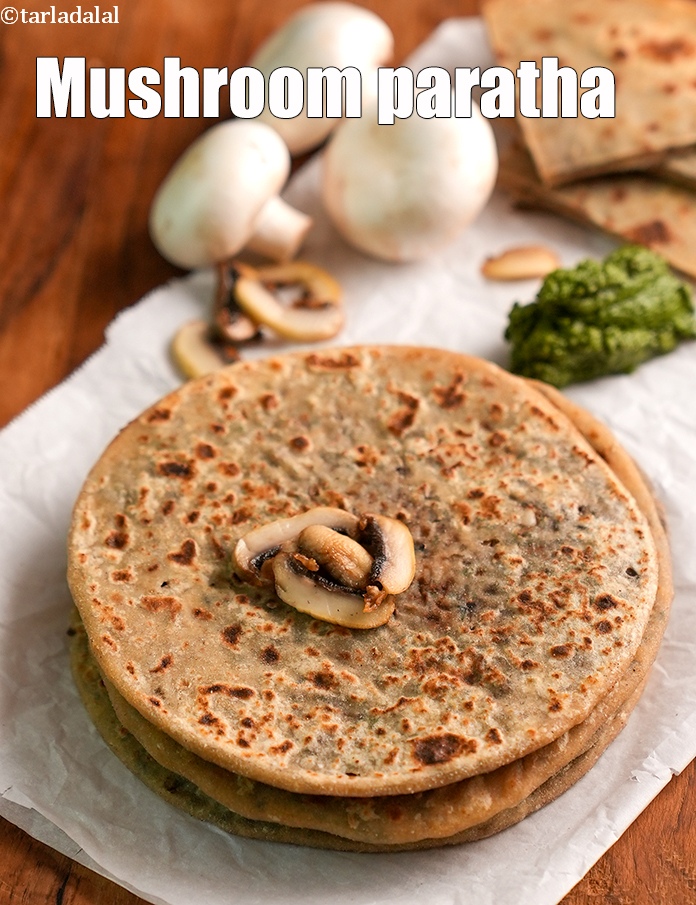
Click here to view Mushroom Paratha
Calories in other related recipes
